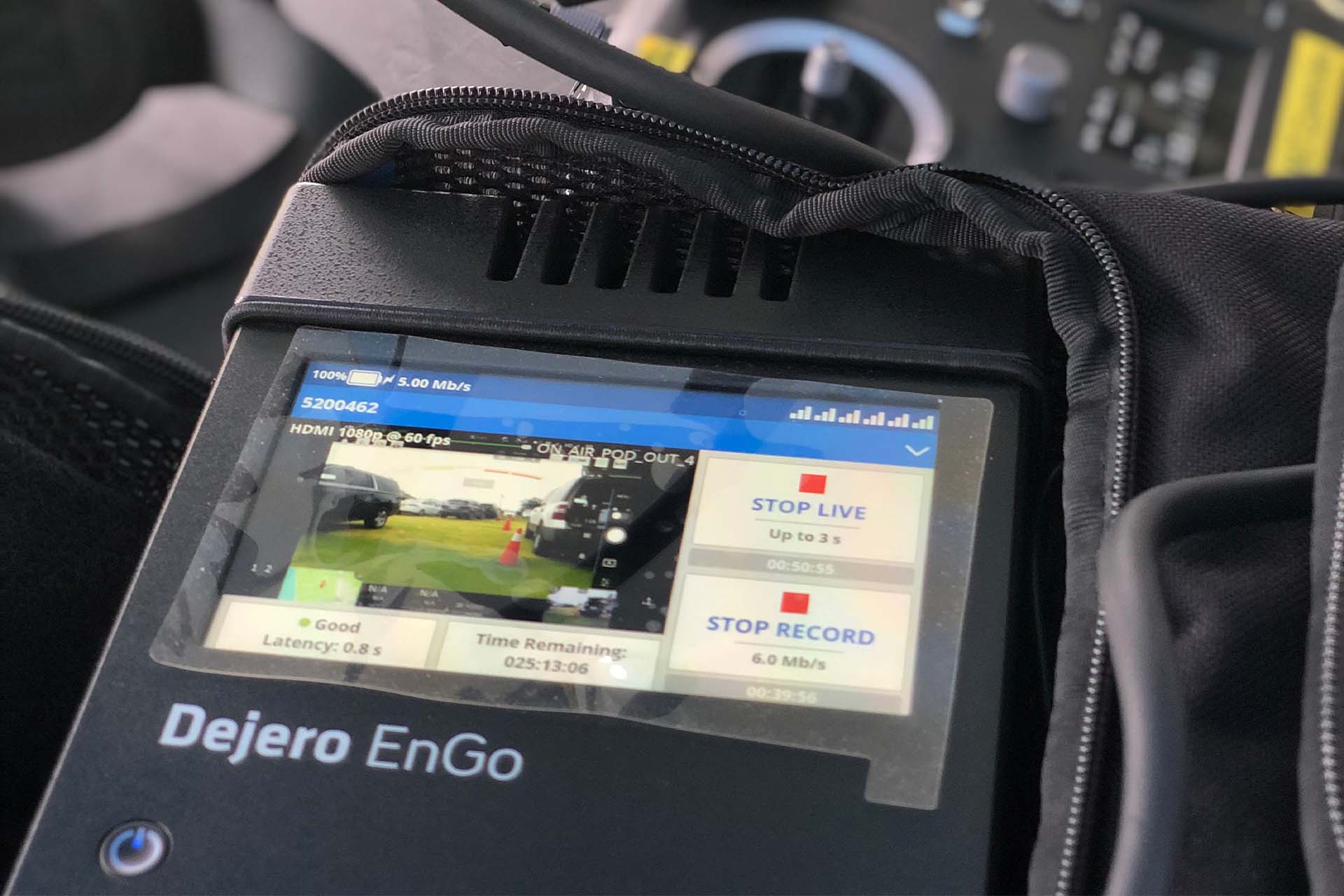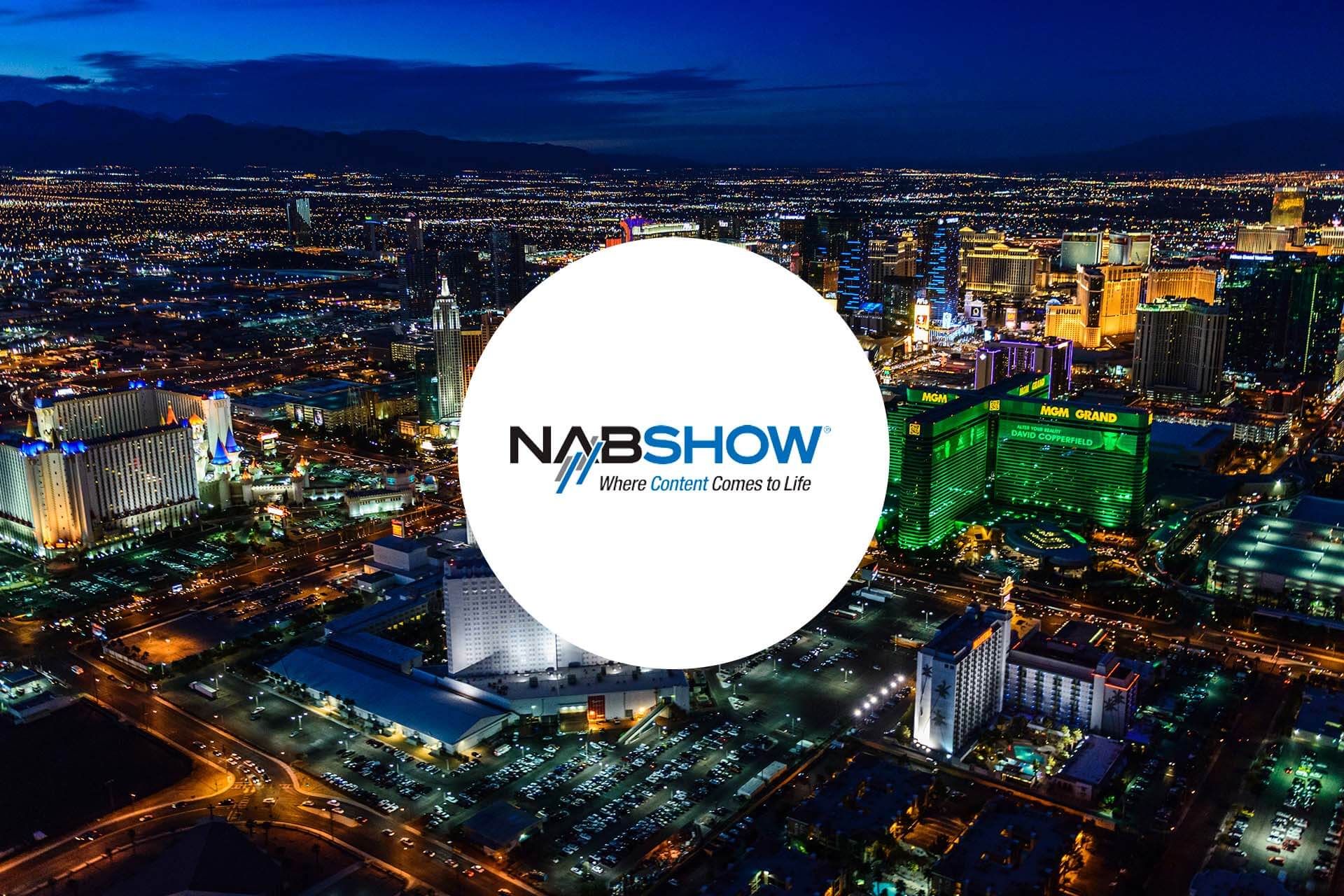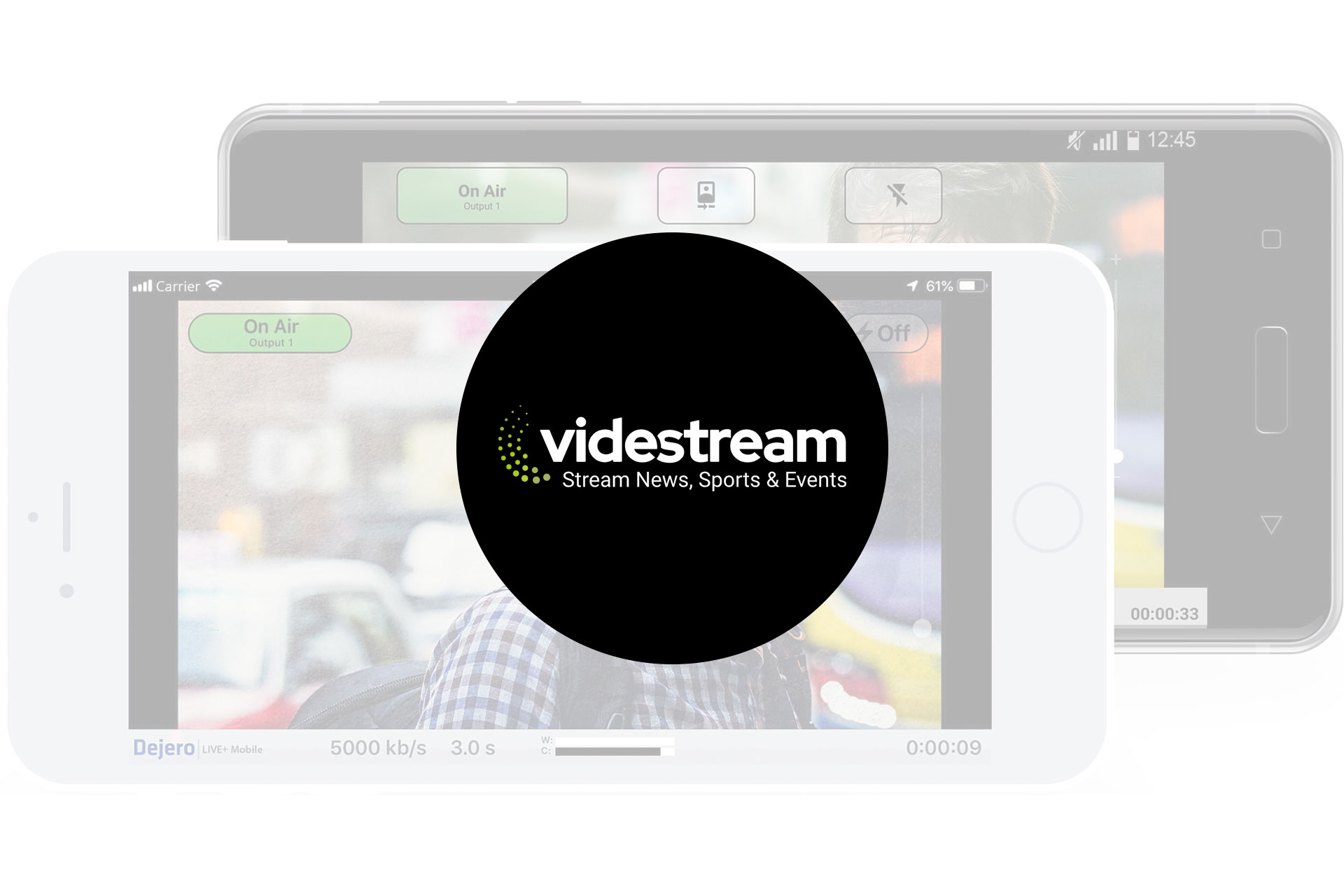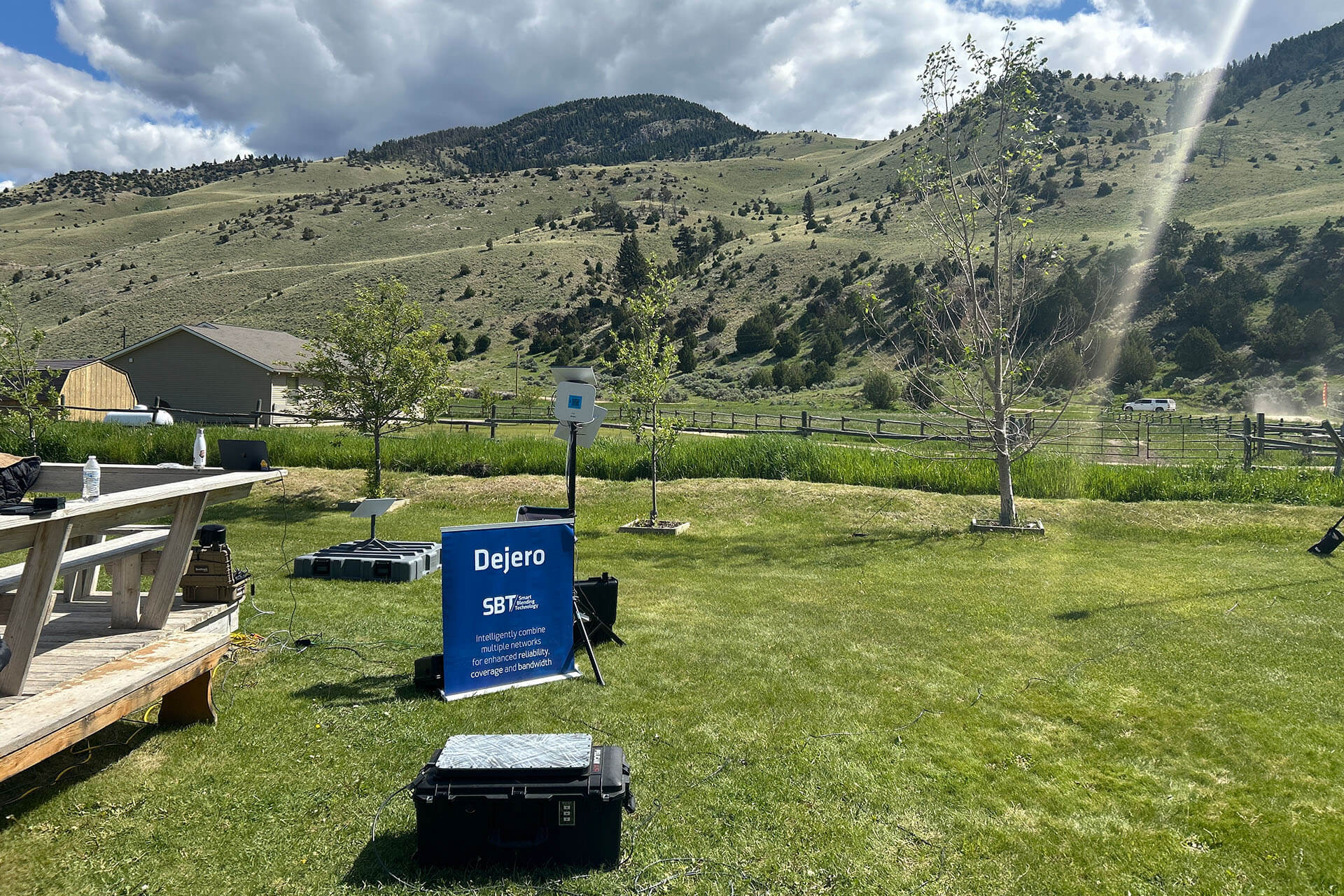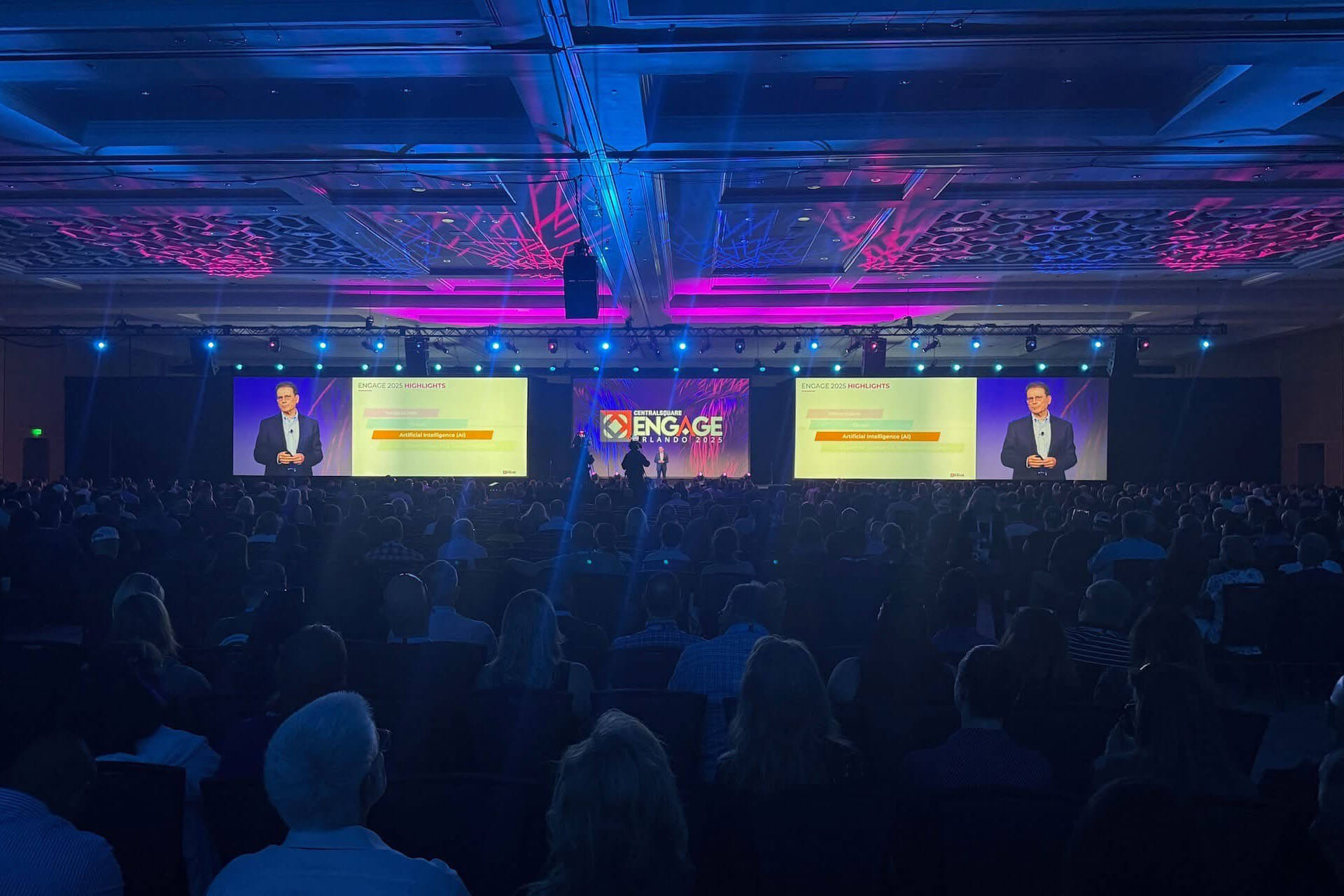This article originally appeared on Videstream, May 21, 2020.
Michael Sammut, Head of News Resources, Nine Network Australia, speaks to Videstream on use of bonded cellular apps during Covid-19. We ask if the pandemic is causing a change in the newsgathering industry.
At Nine Network, has there been a greater use of bonded cellular apps due to Covid-19?
Yes, definitely. Just because social distancing and restrictions on crew movements mean we can’t get people to the talent, we still want to get them on the TV. So the only way to do that is often by using the one device that combines a camera, microphone and link in one. It just so happens that everybody also already has it: their smartphone!
You only have to look at our News shows to see how the use of smartphone and computer-based video chat apps has become the go-to method for live crosses during COVID-19. It’s enabled us to get even more content to air at a much lower cost without putting our staff or talent at risk – and now that we’ve set up the systems to receive these feeds at scale it’s here to stay.

Michael Sammut, Head of News Resources, Nine Network
Do you have some examples of when and how these apps have been implemented at Nine Network?
During a recent terrorist attack in London our reporter was unable to link up with his crew. Using his iPhone and the Dejero app he reported live for several hours walking the streets of London, navigating the roadblocks, explaining and showing what was happening during the developing situation live to air.
During COVID-19 we’ve given the app to our regular contributors and reporters. We find that the picture quality is far better than the free services and we’re able to manage the video feed into our broadcast systems much more easily.
A good example during the pandemic was when one of our reporters was on the Dejero app doing a live cross on panic buying from inside a supermarket. It just wouldn’t have been possible with a full sized news camera so it really does help us (and our viewers) get in closer to the story.
Which app are you currently using at Nine Network?
We use Dejero LivePlus on iPhone and Android. A big part of it is that we’re already quite heavily invested in Dejero infrastructure – which you need to receive the feeds – but really it just works so well and also they provide great customer support. Competitors like TVU and LiveU also offer app versions of their full-size bonded cellular transmitters and they’re great products and great companies too – those three are the go-tos for broadcasters in this space.
You can also use Skype, FaceTime or Zoom but they’re just not designed for broadcast use – the picture quality isn’t there and the workflow to get the pictures and audio into our broadcast systems can be clunky. However, you can’t ignore the fact that everybody already has and knows those products. That means everyone has the tools and the ability to go live into our shows at any time. So we’ve also invested in a Skype TX unit that provides an enterprise grade server with broadcast outputs – giving us the ability to bring multiple Skype streams into our broadcast chain quite easily. It’s been a game changer for us – making it easy for us to go live to completely “non-television” types!
The thing with the broadcast-focussed offerings like Dejero, TVU and LiveU is that you’re not just getting an encoder that transmits over the internet, you’re also getting their managed data service. That’s why we’re able to get better resilience and picture quality, to the point where often people can’t even tell you’re doing it on a phone. We pay for that – even though the app is free to download we pay for their use. You just can’t get the same quality out of the free consumer-focused platforms. There are no free lunches!
What are the main challenges of using bonded apps in general?
No amount of technology can make up for lack of skill: bad shot composition, poor lighting, bad microphone technique or a bad cell signal can ruin the viewer experience. Also, a cellphone isn’t designed with robust inputs for microphones nor can a single person lug around the lights and so on to make a bad shot look nice. They also run out of battery really quick!
That aside, the best camera is the one that you have with you. If that camera also happens to come with a live link then that’s a truly powerful tool for journalists.
The biggest issue is complacency and the “there’s an app for that” mentality that means some people just don’t take responsibility for learning how to use this great tool they have. These apps are great as an emergency tool, for example when a reporter finds themselves in the middle of a situation without a camera crew. But in my experience when that happens they often pull out their phone only to realise that they haven’t opened the app since I gave it to them months ago! Since then they’ve forgotten their login, they never bothered to learn how to use it and they don’t have their microphone headset with them, so even if they can figure it out in the heat of the moment we can’t hear them talk over the traffic noise and they can’t hear the IFB for their studio cues. So it becomes a waste.
Do you think bonded apps will be used more post Covid-19?
They have definitely proven their use and will continue to be used but nothing beats having a “proper” camera and a skilled operator behind the lens. That person can keep you safe in a difficult situation, bring the lights that make you look good, make sure you’ve got the right composition behind you and let you focus on the job of being a journalist. A full-size transmitter is more resilient and is able to bond a greater number of connections. You also can’t connect your broadcast camera to the app so unless you use a “proper” transmitter you’re stuck with using the cellphone’s camera, which can be quite limiting.
The apps are a complement and they should and will continue to be part of the toolkit. They’re a great backup but the risk is complacency – just because you can do it on an app, it doesn’t mean you always should.
The most successful use I’ve seen with the Dejero app during COVID has been with one of our regular contributors who does our tech segment. Naturally he’s quite savvy with that sort of stuff and he’s set up his home studio all around the Dejero app. I don’t think anybody at home can tell the difference! But it takes skill to achieve that and you can’t substitute for skill with a smartphone app – as much as the bean counters at the TV station would like to think you can!
Image Credits: Videstream

